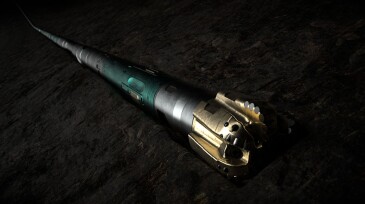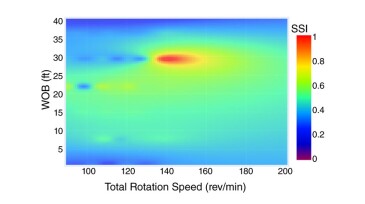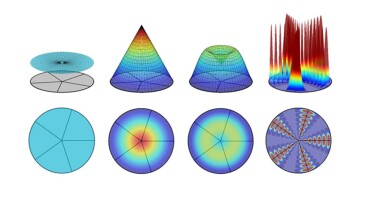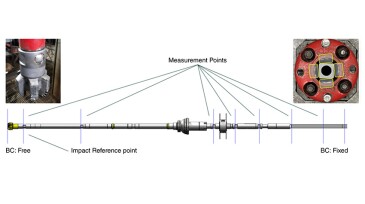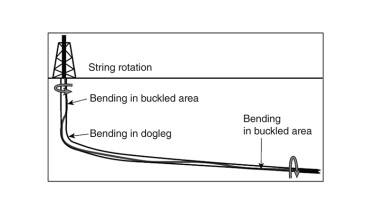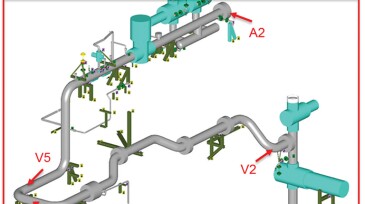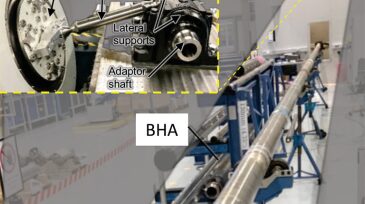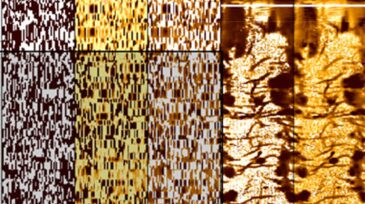vibration
-
Bad vibes are being addressed by contractors as operators push to go faster, deeper, and longer with unconventional wells.
-
In this paper, the authors propose a regression machine-learning model to predict stick/slip severity index using sequences of surface measurements.
-
This paper analyzes the interaction of high-frequency torsional oscillations (HFTO) with lateral vibrations based on a model that accounts for the superimposed movement of whirl and HFTO at the bit.
-
This paper discusses a full-scale drilling test rig that allows comprehensive study of the influences of bit characteristics on high-frequency torsional oscillations (HFTO) for the first time.
-
The authors discuss a study based on twistoffs experienced with bottomhole assembly components during drilling operations and provide recommendations for reduction or elimination of these incidents.
-
The authors describe how tools in machine learning are used to develop data-driven models that can be used for accurate and efficient fatigue-damage prediction for marine risers.
-
A combination of computational-fluid-dynamics and finite-element modeling offers a potentially powerful tool for assessing and diagnosing multiphase-flow-induced vibration problems in hydrocarbon-production piping systems.
-
This paper explores the nature of the vibrational dysfunction known as BHA chatter. A field-proven frequency-domain model illustrates the cause of the dysfunction, its rotary-speed dependence, and mitigation methods and results.
-
This paper presents dynamic simulations, prototype testing, and field-test results of a BHA component that isolates the upper part of the BHA from HFTO.
-
This paper examines multiple factors that can affect the severity of stick/slip and measures their actual effect.
Page 1 of 2

